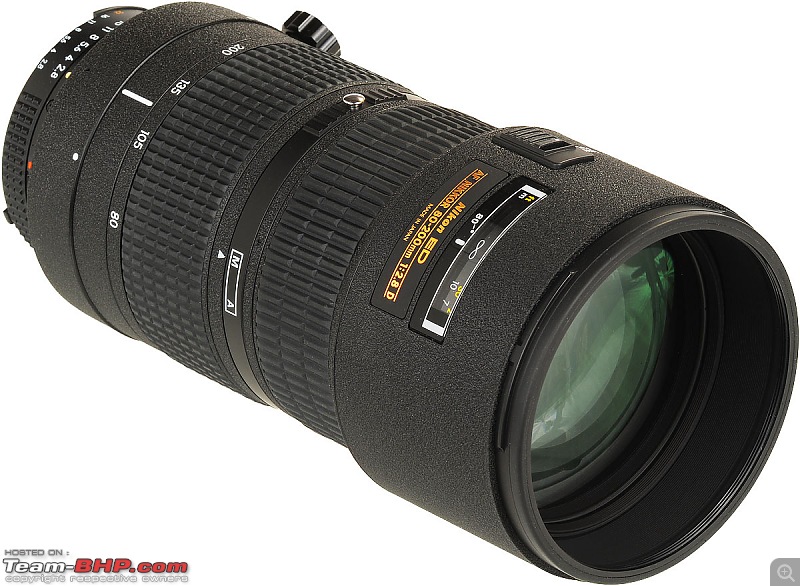| | #6106 |
| Senior - BHPian | |
| |
| |
| | #6107 |
| Senior - BHPian Join Date: Oct 2004 Location: Vikhroli, Mumbai, India
Posts: 1,502
Thanked: 28 Times
| |
| |
| | #6108 |
| Team-BHP Support  | |
| |
| | #6109 |
| BHPian Join Date: Jun 2007 Location: hyderabad
Posts: 651
Thanked: 245 Times
| |
| |
| | #6110 |
| Senior - BHPian | |
| |
| | #6111 |
| Senior - BHPian Join Date: Oct 2004 Location: Vikhroli, Mumbai, India
Posts: 1,502
Thanked: 28 Times
| |
| |
| | #6112 |
| Senior - BHPian | |
| |
| | #6113 |
| Senior - BHPian | |
| |
| | #6114 |
| Senior - BHPian | |
| |
| | #6115 |
| BHPian Join Date: Oct 2009 Location: Faridabad
Posts: 306
Thanked: 19 Times
| |
| |
| | #6116 |
| Senior - BHPian | |
| |
| |
| | #6117 |
| Senior - BHPian | |
| |
| | #6118 |
| Senior - BHPian | |
| |
| | #6119 |
| BHPian Join Date: Oct 2009 Location: Faridabad
Posts: 306
Thanked: 19 Times
| |
| |
| | #6120 |
| Senior - BHPian Join Date: Oct 2004 Location: Vikhroli, Mumbai, India
Posts: 1,502
Thanked: 28 Times
| |
| |
 |
Most Viewed






 . Anything that looks very artificial is bad processing in my books, may be I am wrong.
. Anything that looks very artificial is bad processing in my books, may be I am wrong.